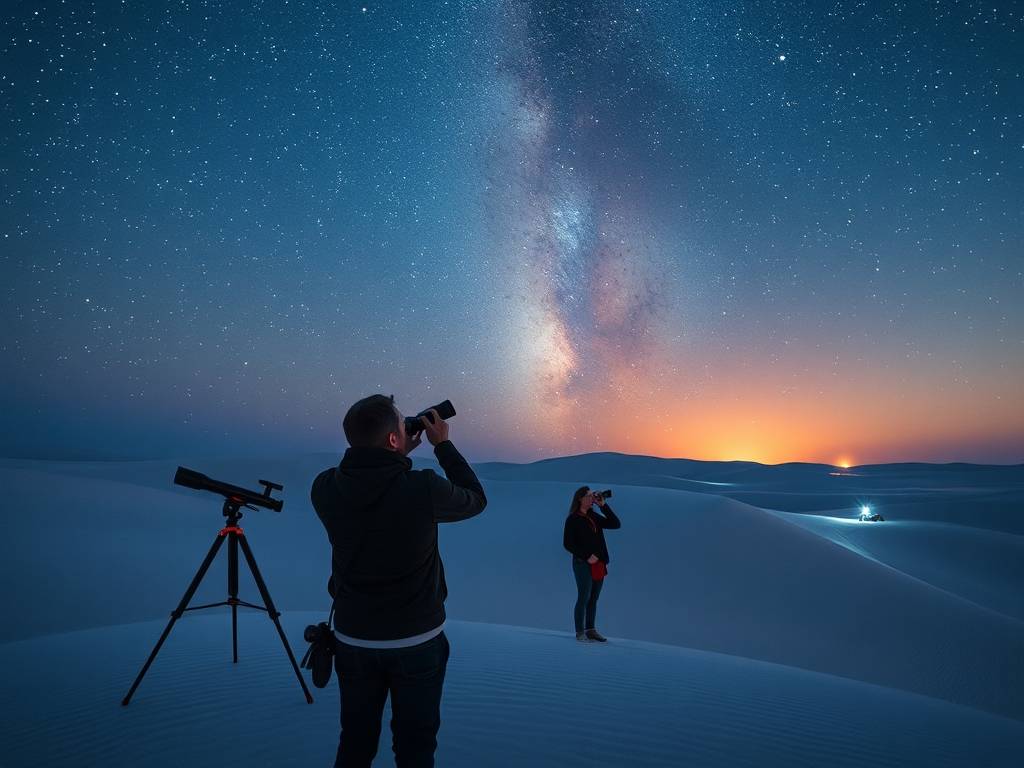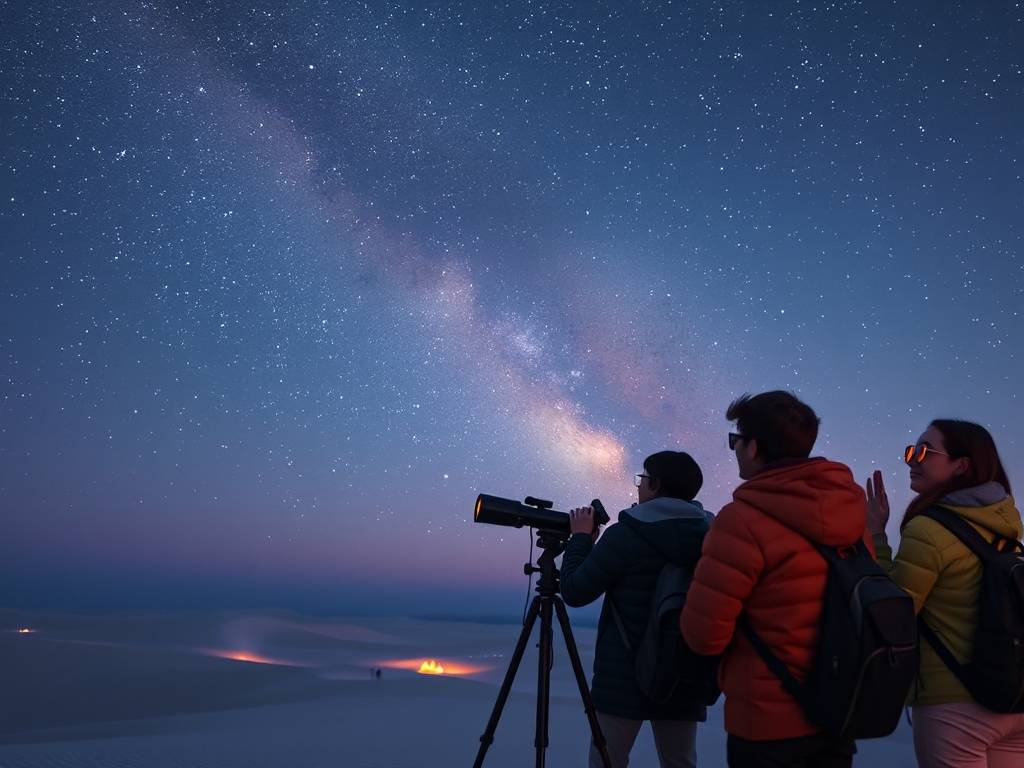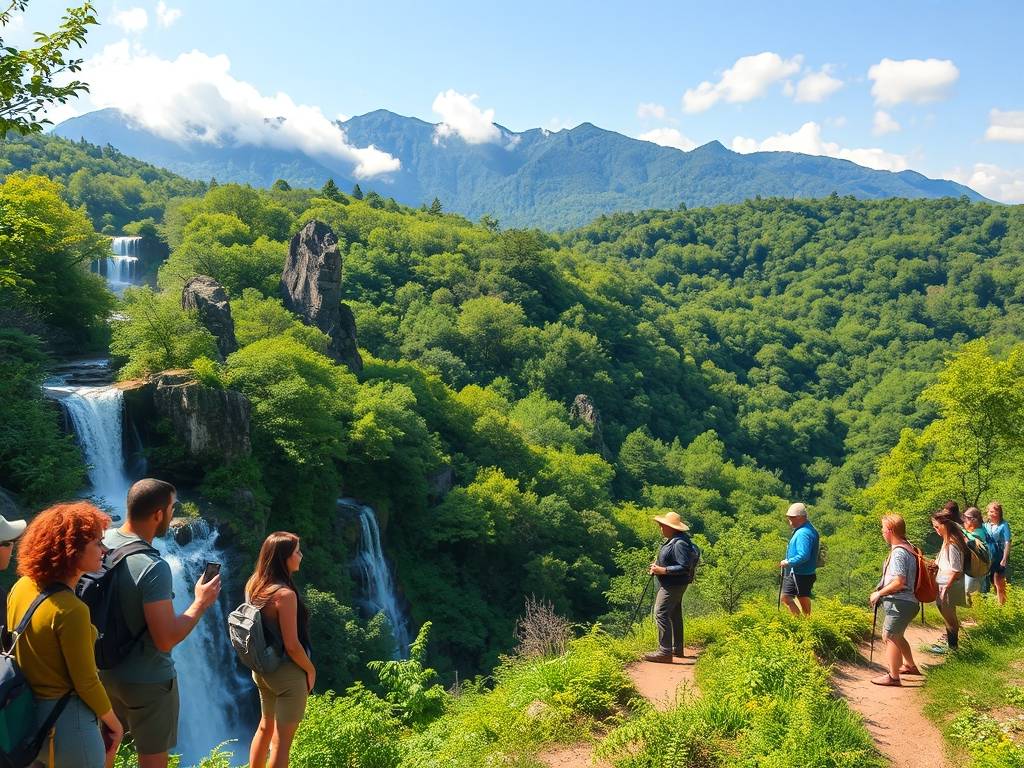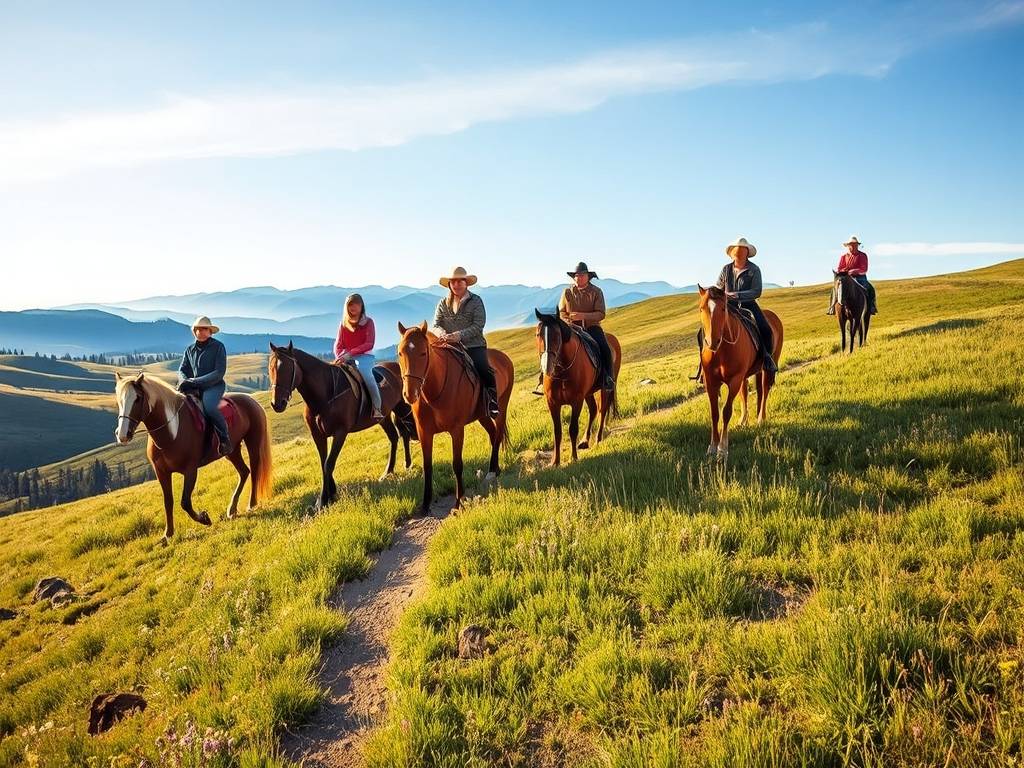USA Travel
US Travel: Stargazing in New Mexico’s White Sands National Park
Under a Billion Stars: Finding Cosmic Silence in New Mexico's White Sands
There’s a particular kind of quiet you only find in a true desert, and then there’s the silence of White Sands National Park. It’s deeper, softer, almost palpable. As the last sliver of sun melts behind the San Andres Mountains, painting the sky in fiery hues of orange and purple, the world doesn't just get dark—it transforms. The day-trippers have left, and the great, gleaming expanse of gypsum dunes is returned to the stillness. And then, one by one, the stars begin to appear. Not just a handful, but a cascading river of light, a breathtaking tapestry so dense and vivid it feels almost within reach. This is not just another item on a travel checklist; it is one of the most profound and accessible stargazing experiences in the United States.
The magic begins with the canvas itself. White Sands is the world's largest gypsum dune field. Unlike common sand made of quartz, gypsum is a soft, white mineral that reflects light. During the day, this creates a blindingly beautiful landscape. But at night, this reflective quality works in reverse. The pristine white sand captures and holds the faintest starlight and moonlight, creating a natural, gentle glow that illuminates the bases of the dunes. This phenomenon reduces the "ground clutter" of absolute darkness, allowing your eyes to adjust more effectively to the skies above. You are, quite literally, standing on a natural amplifier for the cosmos. This unique geology is a cornerstone of the best stargazing in New Mexico, a state already famous for its dark skies.

Your journey into the night starts with preparation. The park's elevation of about 4,000 feet and its arid climate create some of the clearest atmospheric conditions for astronomy travel for beginners and experts. To make the most of your White Sands National Park stargazing trip, timing is everything. The new moon phase is, without a doubt, the golden hour for stargazers. Without the moon's glare, the Milky Way reveals itself as a brilliant, cloud-like band arching directly overhead, so bright it can cast a faint shadow. Planning your visit around this lunar cycle is the single most important tip for astrophotography at White Sands and for naked-eye viewing alike.
But what if you can't coordinate with a new moon? Don't despair. A crescent moon setting early in the evening or rising late can also provide a spectacular backdrop, illuminating the dunes in an ethereal silver light without overwhelming the stars. Checking a moon phase calendar is your first step in planning a stargazing trip to White Sands.
Upon arriving for an evening of stargazing in the Southwest US, you'll want to head to the park's heart. The area around the marked Dunes Drive, particularly the interdune areas, offers wide, unobstructed views. The further you walk from the road (always taking careful note of your location to avoid getting lost), the more immersive the experience becomes. The silence out there is profound, broken only by the whisper of the wind over the gypsum crystals.
What will you see? With the naked eye, you’ll witness a universe in high definition. The summer sky showcases the core of our Milky Way galaxy, a dense, star-packed river. Look for the teapot-shaped constellation Sagittarius, which marks the galactic center. In the winter, the sky shifts to reveal the brilliant constellations of Orion, with its iconic belt, and the sparkling cluster of the Pleiades. On any clear night, you might see satellites gliding silently across the sky, or the breathtaking streak of a meteor. This incredible visibility is why White Sands is consistently ranked among the top dark sky parks in the American Southwest.

For those with binoculars or a telescope, the wonders multiply. Even a simple pair of astronomy binoculars will resolve the moons of Jupiter, the rings of Saturn (as tiny "ears" on either side of the planet), and bring distant star clusters and nebulae into sharp focus. The Orion Nebula, a stellar nursery over 1,300 light-years away, appears as a faint, glowing cloud. This is where astronomy travel for beginners and experts truly shines; you don't need expensive gear to feel like a cosmic explorer.
The park itself facilitates this connection through its regular White Sands National Park night sky programs. Park rangers, passionate and knowledgeable, lead these events. They often set up powerful telescopes for public use and give informal talks on everything from Navajo celestial mythology to the science of black holes. Attending one of these programs is a fantastic way to deepen your understanding and is highly recommended for a first-time visit. It’s a perfect, structured way to ensure a rewarding family stargazing adventure in New Mexico.
Of course, comfort is key to enjoying the celestial show. The desert can be deceptive; temperatures can drop significantly after sunset, even in summer. Dressing in warm layers is non-negotiable. A thermos of hot cocoa or tea is worth its weight in gold. Bring a red-light flashlight—red light preserves your night vision, unlike white light which ruins it for you and everyone around you. A comfortable blanket or a reclining camp chair will save your neck from craning upwards for hours. These simple preparations are essential for a complete guide to stargazing at White Sands National Park.
Beyond the mechanics of stargazing lies the philosophy of it. In our brightly-lit, constantly connected world, genuine darkness is a rare commodity. At White Sands, you are granted the gift of cosmic solitude. Lying back on the cool, soft sand, with the immense, star-filled dome above, induces a shift in perspective. The problems of the day seem to shrink against the scale of the universe. This is more than sightseeing; it's a form of therapy. It’s a chance to reconnect with the ancient human practice of looking up and wondering, a practice that unites us with every generation that has come before.
As the night deepens and the constellations wheel slowly overhead, you realize you are not just looking at a beautiful scene. You are participating in it. You are a part of this vast, dynamic universe, standing on a field of white under a billion stars. The experience of stargazing in White Sands National Park settles deep within you, a quiet memory of infinity that you can carry long after you've brushed the last grains of gypsum from your shoes. It is a journey that reminds you of your place in the cosmos, and it is, quite simply, unforgettable.
相关文章
- US Travel: Stand-Up Paddleboarding in Hawaii’s Oahu Coast
- US Travel: Fishing in Alaska’s Kenai River
- US Travel: Biking the Pacific Coast Highway in Oregon
- US Travel: Horseback Riding in Montana’s Yellowstone Vicinity
- US Travel: Waterfall Chasing in North Carolina’s Blue Ridge Mountains
- US Travel: Surfing in California’s Malibu Beach
- US Travel: Canoeing in Minnesota’s Boundary Waters
- US Travel: Skiing in Utah’s Park City Mountain Resort
- US Travel: Snowboarding in Colorado’s Vail Ski Resort
- US Travel: Wildlife Safari in South Dakota’s Badlands National Park
发表评论
评论列表
- 这篇文章还没有收到评论,赶紧来抢沙发吧~


